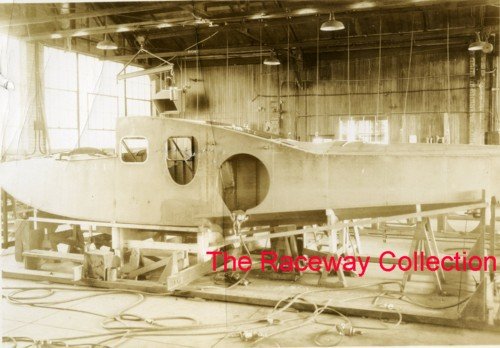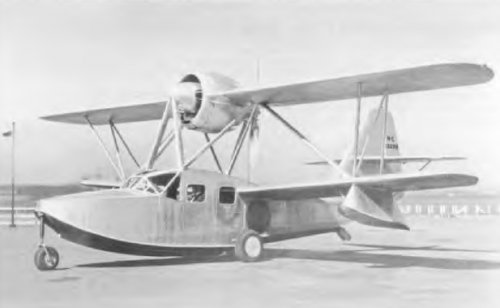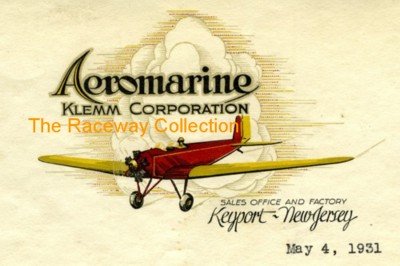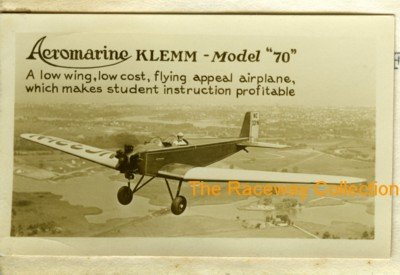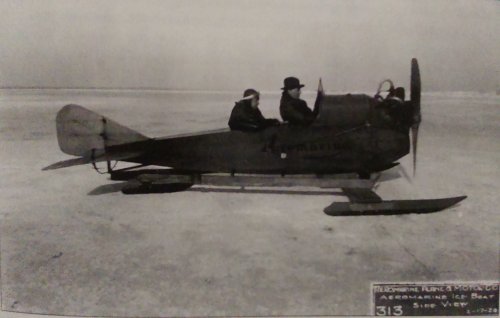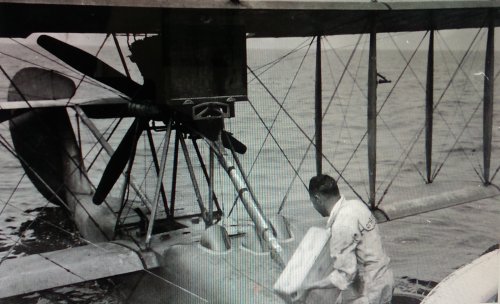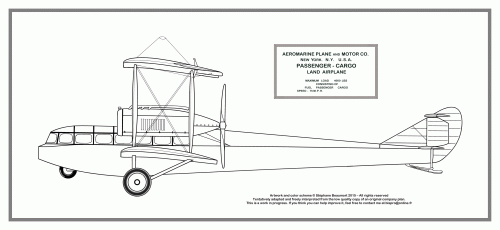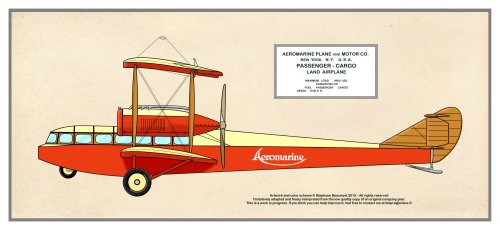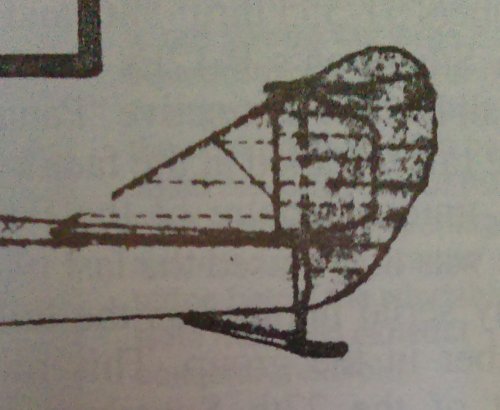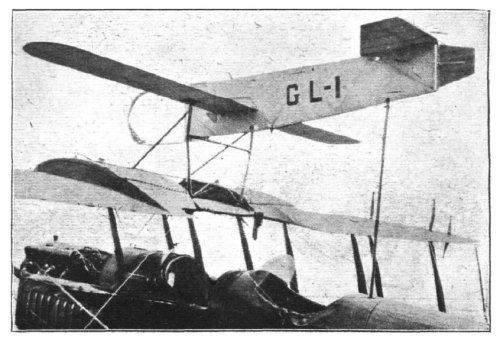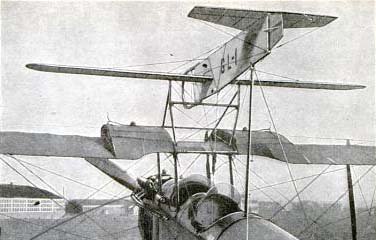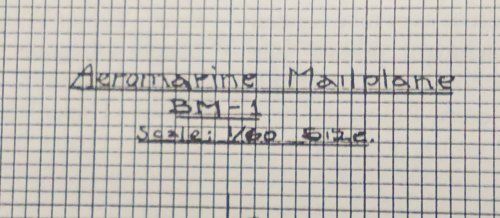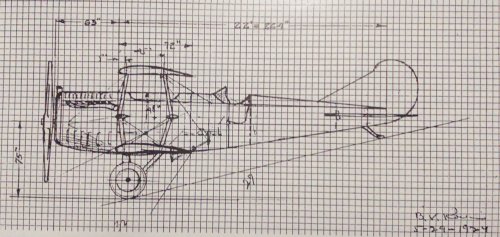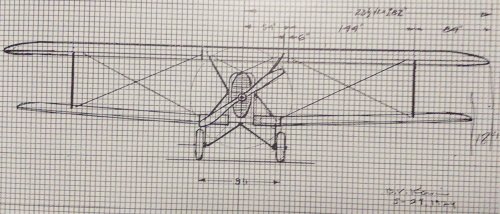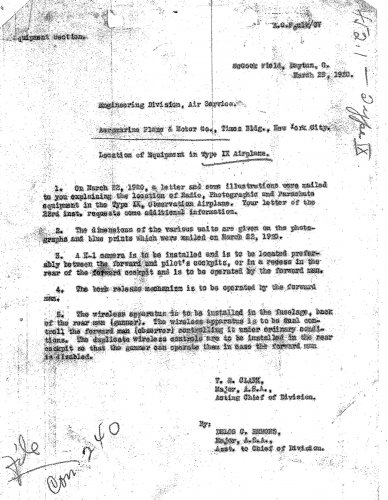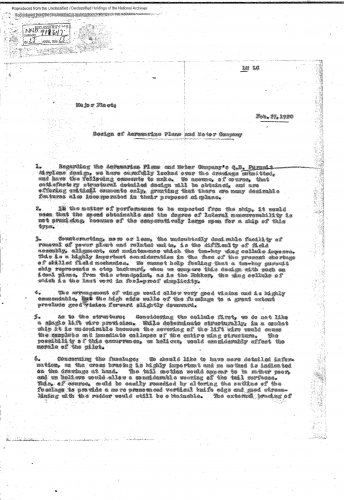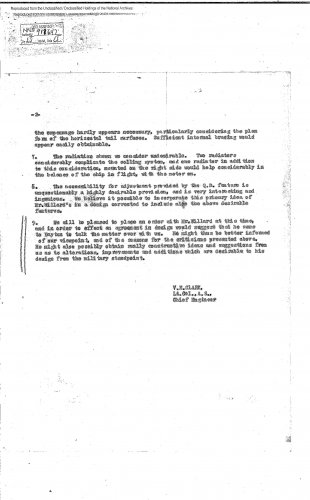According to a report by BVKK, written in 1924, while the EO was STILL undergoing further testing...
The Aeromarine EO was built "FOR" Earl D. Osborn, and not "BY" him. He wanted to replace his Aeromarine Model 44, with a safer plane, with a smaller, more economical engine, and less troublesome in mainenance.
The proposal for the general layout was submitted to Osborn, for approval, on Jan 26, 1924 (by BVKK??? who was then "Engineer in Cheif of Airplane Design" for Aeromarine Plane and Motor Co.)
The first test flight was conducted June 28, 1924, with Osborn as the test pilot. He had been closely conneced with the development of Aeromarine Airways, and had "witnessed" the development of the Aeromarine AMC, the first US flying boat with an all metal hull.
Test results were very good, for the EO with all kinds of notatations as to its important features, in flight characteristics and design successes.
I "had' all the many long, fascinating letters between Osborn and BVKK where they discussed Osborn's interests and requests for various aircraft designs, followed by detailed discussions of possible sport, and military designs that would be commercially viable, and their eventual partnership, where Osbne and BVKK formed the EDO Corp. (and dates)BVKK set everything up, and was Cheif Designer at EDO.
Getting dark in library so more, tomorrow
The Aeromarine EO was built "FOR" Earl D. Osborn, and not "BY" him. He wanted to replace his Aeromarine Model 44, with a safer plane, with a smaller, more economical engine, and less troublesome in mainenance.
The proposal for the general layout was submitted to Osborn, for approval, on Jan 26, 1924 (by BVKK??? who was then "Engineer in Cheif of Airplane Design" for Aeromarine Plane and Motor Co.)
The first test flight was conducted June 28, 1924, with Osborn as the test pilot. He had been closely conneced with the development of Aeromarine Airways, and had "witnessed" the development of the Aeromarine AMC, the first US flying boat with an all metal hull.
Test results were very good, for the EO with all kinds of notatations as to its important features, in flight characteristics and design successes.
I "had' all the many long, fascinating letters between Osborn and BVKK where they discussed Osborn's interests and requests for various aircraft designs, followed by detailed discussions of possible sport, and military designs that would be commercially viable, and their eventual partnership, where Osbne and BVKK formed the EDO Corp. (and dates)BVKK set everything up, and was Cheif Designer at EDO.
Getting dark in library so more, tomorrow

